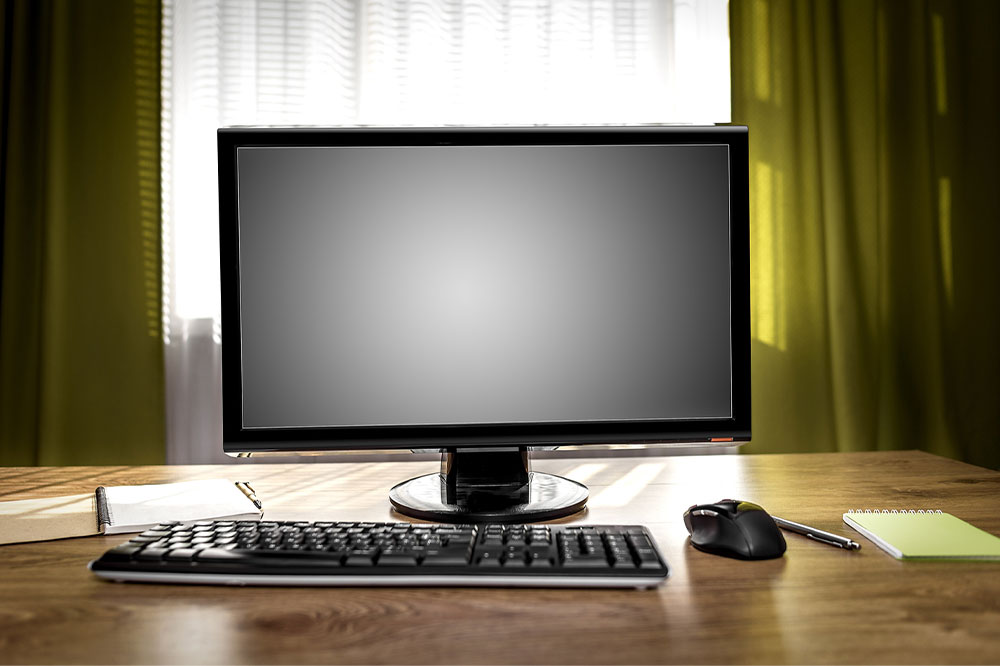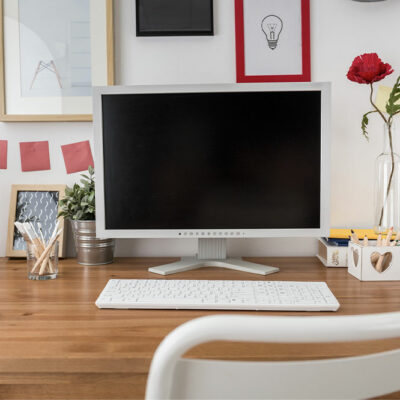
7 mistakes to avoid when buying a new computer
With all the options of computer brands available in the market today, you might think it is effortless to pick up one. However, with so many choices, it can get tricky as buying a computer is a hefty, long-term investment. That’s why you should be aware of some common buying mistakes people would make while purchasing this device. And so, here are a few things to avoid before you invest in a computer :
Buying without knowing your needs
Never buy a computer just because everyone is buying it or there’s a lot of hype around it. While you may want to prioritize aesthetics and popularity, you need to identify your need for a computer and its software . Make a list of all the features that you would need and get the computer configured accordingly.
Unfamiliar with different software programs
Not knowing the right software may cost you heavily. Purchasing expensive software with a long list of features may not be the best thing to do if half of these features don’t even apply to your work. Next, know how to install and use the software. You also need to know if the software is protected against bugs with an antivirus program and consider the after-sale service of the software.
Not considering different operating systems
There are four primary operating systems you should know – Microsoft, Apple, Google, and Linux. While technology has made it easier to switch between these operating systems, you may often find one or more applications not working on alternative systems. So, if you have an expensive software installed, check with your developer if it will be compatible with the OS you plan to get.
Not accounting for other computer costs
A common mistake made by many while purchasing a computer is not accounting for other costs that are part of the bundle. These include costs of the software , printer, cables, and mouse. Another recurring expenditure we don’t consider is that of the antivirus . For instance, the first 90 days may be free, but post that, you need to update your antivirus . That’s why you need to set aside few extra dollars for such items you may need with your computer.
Not balancing your computer’s components
A frequent mistake we make while buying computers is not balancing the system components. For instance, you may purchase a computer with the latest processor but compromise its memory. So, you get a fast-running system with insufficient memory and capacity to store your data. Always correlate RAM and memory, and buy the one matching your needs. There are multiple online resources to help you brush up these basics.
Focusing too much on the resolution
Buyers often get carried away by various specifications that define their computer’s monitor resolution. Some things include screen size, power usage, screen type, color depth, contrast ratio, and more. These specifications may not just get overwhelming but are also meaningless sometimes. For instance, you need serious picture quality and contrast ratios if you are an avid gamer or videophile. If you are more of an easy worker, you may want to consider components such as monitor glare and size instead.
Not correlating RAM and speed
We often go by the RAM numbers while buying a computer and try to fetch higher RAM. While it’s true that a higher RAM will boost your computer’s performance, you also need to know that RAM chips have their internal speed. For instance, 16 GB of RAM running at 1333 MHz will be much slower than 8 GB of RAM running at 1000 MHz. To avoid slowing down your computer, make sure that you look at the speed of the RAM also and buy the most rapid one within your budget.
So, the next time you are in the market for a new computer , educate yourself to avoid making these mistakes. Also, you can read online and consult a professional to avoid buying something that doesn’t help you.


